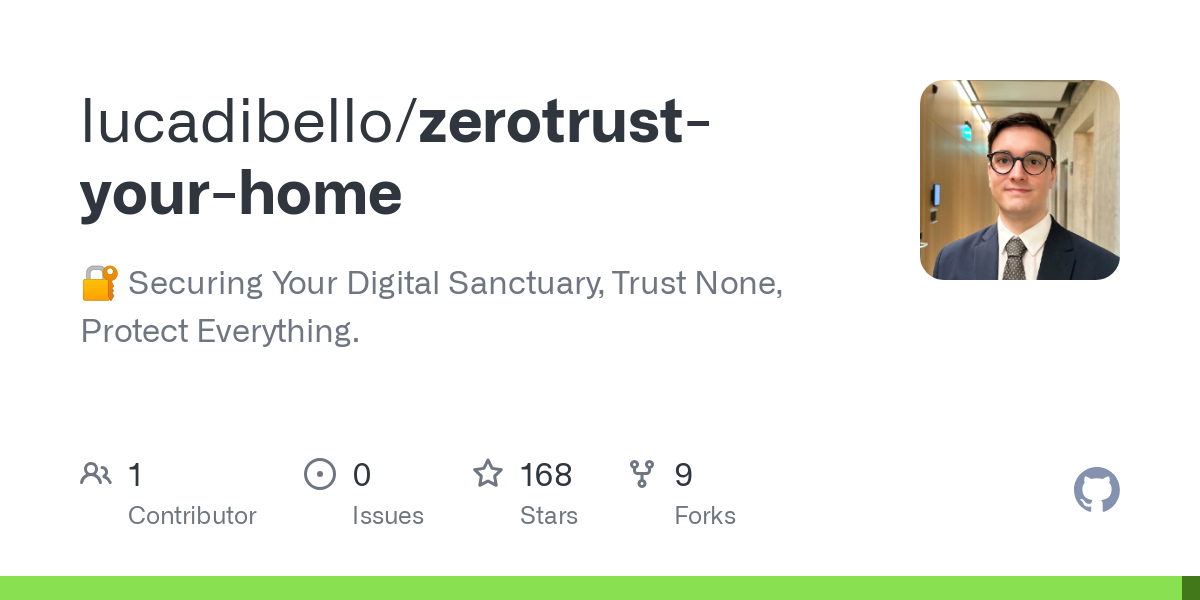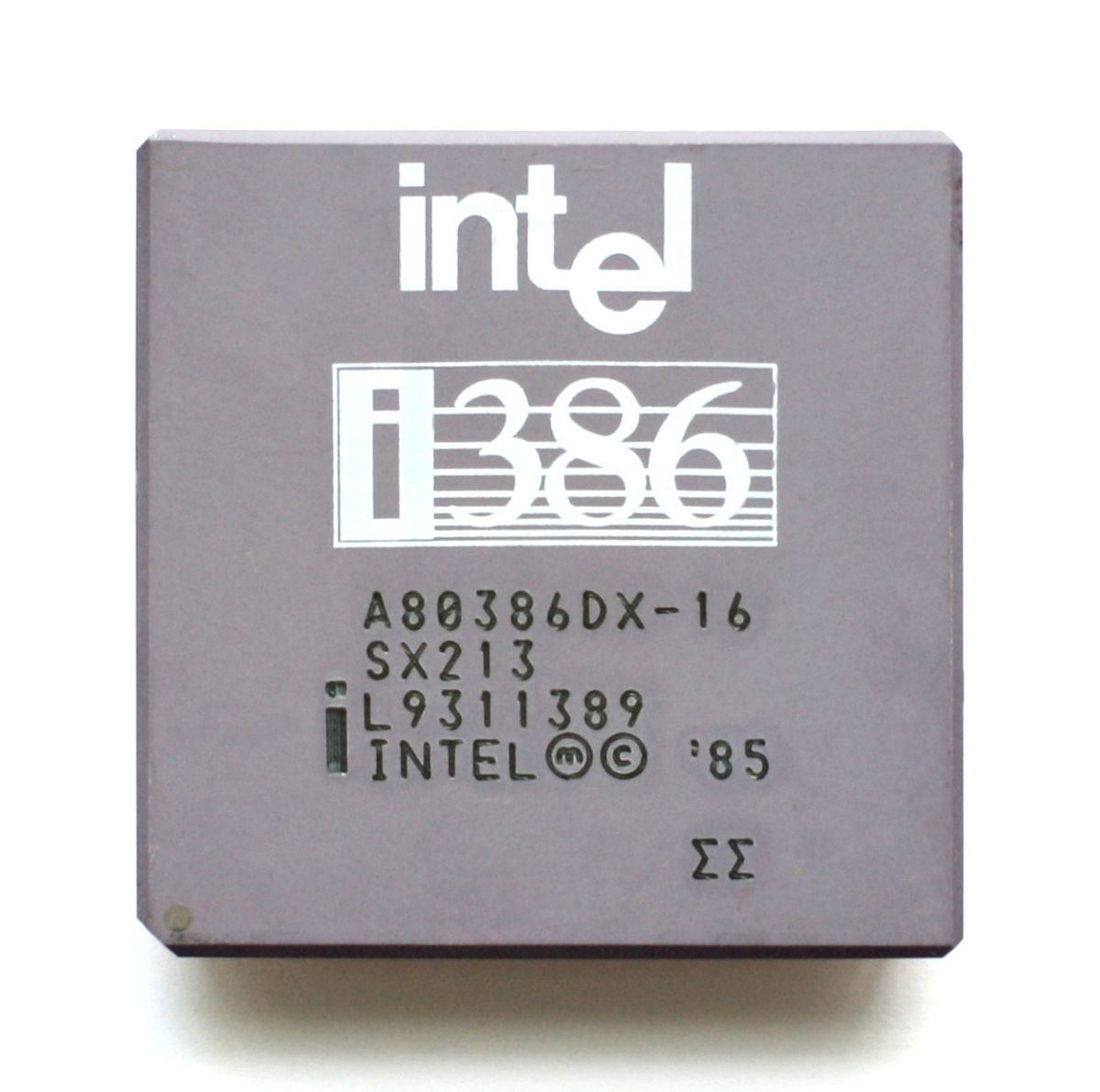This is a decent writeup on applying “Zero Tust” principles to a home lab using mostly open source tools. I’m not the author, but thought it was worth sharing.
Zero trust, but you have to use Amazon AWS, Cloudflare, and make your own Telegram bot? And have the domain itself managed by Cloudflare.
Sounds like a lot of trust right there… Would love to be proven wrong.
ZeroTrust is a specific type of network security where every network device has its access to other devices validated and controlled, not a statement on the trustworthiness of vendors.
Instead of every device on a LAN seeing every other device, or even every device on a VLAN seeing other devices on a VLAN, each device can only connect with the other devices it needs to work, and those connections need to be encrypted. These connectioms are all monitored, logged and alerted on to make sure the system is working as intended.
You do need to trust or validate the tooling that does the above, regardless of what you’re using.
That sounds awfully complicated for home use.
Yes and no. The auditing is likely the harder part. You can use something like tailscale or nebula vpn to get the always on vpn/ACLs. With a dozen or two devices, it should be doable at a home scale.
If you want clientless zerotrust then you’re talking heavier duty things like Palo alto gear and the like.
You can trust zero of it. Is that not the same?
I’ve been researching zero-trust for my homelab recently and I’m considering OpenZiti instead of Cloudflare since I think it can all be self-hosted. The BrowZer from OpenZiti is especially interesting to me. The fact that I’m behind CGNAT is a hurdle though.
I haven’t looked terribly far into it but zrok (SP?) is based on openziti
I, too, don’t love the use of AWS/Cloudflare, while I get that you can simply replace AWS S3 with something else for backups, this server setup is innately based on using Cloudflare.
What is a good alt for cloudflare here tbh?
I’ve done wire guard, and tor service to obfuscate the network, and crowdsec for a good external firewall, and linkerd gateway to actual services (and keycloak for sso).
Besides adding gotelaport for more fine grained access, idk what else you could do, but even then idk if its still competitive as someone else’s network taking your ddos loads lol
A cheap VPS with headscale. Or just ZeroTier.com free plan.
ZeroTier looks super cool!
Maybe I should do a write up on my setup, as I don’t use Cloudflare or AWS. I do use backblaze and OVH
Yes, please!
have made a start in documenting what I run, not sure who much of how it runs you want
I’d appreciate it as well.
I have a somewhat sophisticated setup as well that doesn’t use Cloudflare (aside from domain and DNS hosting) or AWS (I use a simple Hetzner VPS). I’m considering using Backblaze for backups, and everything else is self-hosted.
One of my main goals is that every responsibility should be modular and have a compatible drop-in replacement. I’m very interested to read what others with a similar perspective have done.
have made a start in documenting what I run, not sure who much of how it runs you want
The document is filled with so much meaningless fluff that it’s annoying to read and was probably written by chatgpt and the cover image is AI generated: I don’t think there’s anything useful here.
Acronyms, initialisms, abbreviations, contractions, and other phrases which expand to something larger, that I’ve seen in this thread:
Fewer Letters More Letters CGNAT Carrier-Grade NAT DNS Domain Name Service/System IP Internet Protocol NAS Network-Attached Storage NAT Network Address Translation SSL Secure Sockets Layer, for transparent encryption TLS Transport Layer Security, supersedes SSL VPN Virtual Private Network VPS Virtual Private Server (opposed to shared hosting)
[Thread #957 for this sub, first seen 8th Sep 2024, 14:05] [FAQ] [Full list] [Contact] [Source code]
This is more complicated than some corporate infrastructures I’ve worked on, lol.
Nice write-up. I’d take this as a blueprint. Anyone can swap 3rd-party services to their like (e.g. headscale, xmpp bot on that vps, backblaze s3, etc.) and extend upon (e.g. oidc providers, mailboxes, arr suite, etc.)
this is a very bad article. It talks about “zero trust” but then suggests you to use corporate software, the cloud, sketchy russian apps to monitor your traffic at home. Also, I am not spending 2 hours a day going through my logs, nor I want a VM/container with 8GB of ram wasting 40% of my GPU on grafana.
The author has a Master’s in informatics. That’s pretty much like an MBA. I wouldn’t expect more than buzzword-bingo from someone like that.







